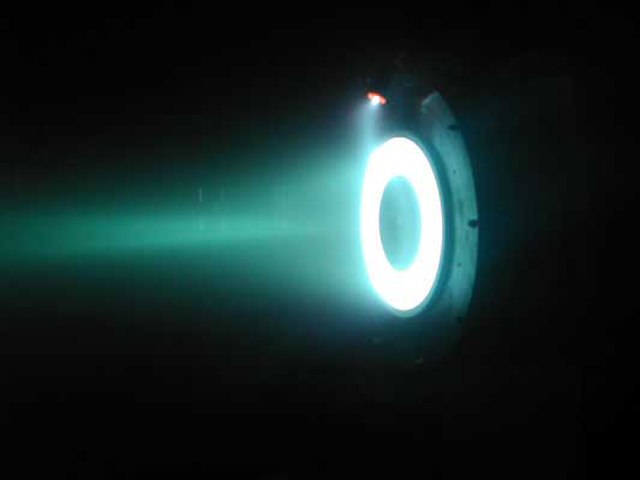In astronomy, the intracluster medium (ICM) is the superheated plasma that permeates a galaxy cluster. The gas consists mainly of ionized hydrogen and helium and accounts for most of the baryonic material in galaxy clusters. The ICM is heated to temperatures on the order of 10 to 100 megakelvins, emitting strong X-ray radiation.
Chandra image of the Perseus Cluster's radio lobes. These relativistic jets of plasma emit radio waves, are X-ray "cold", and appear as dark patches in stark contrast to the rest of the ICM.
Plasma is one of four fundamental states of matter characterized by the presence of a significant portion of charged particles in any combination of ions or electrons. It is the most abundant form of ordinary matter in the universe, mostly in stars, but also dominating the rarefied intracluster medium and intergalactic medium.
Plasma can be artificially generated, for example, by heating a neutral gas or subjecting it to a strong electromagnetic field.
Lightning as an example of plasma present at Earth's surface: Typically, lightning discharges 30 kiloamperes at up to 100 megavolts, and emits radio waves, light, X- and even gamma rays. Plasma temperatures can approach 30000 K and electron densities may exceed 1024 m−3.
Artificial plasma produced in air by a Jacob's Ladder
Hall-effect thruster
Plasma spraying





